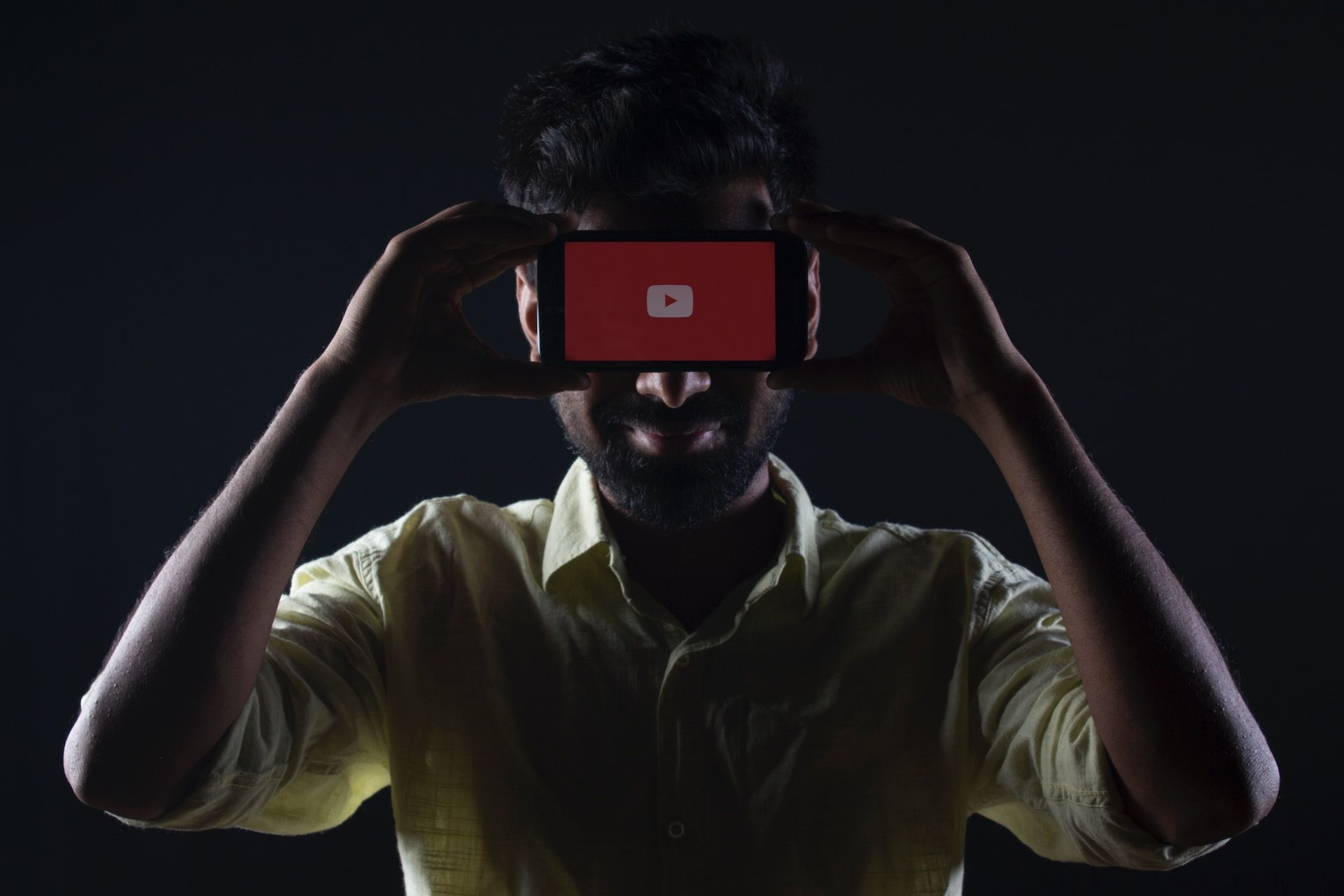Revolutionizing Media Consumption: The Mobile Broadcasting Phenomenon

The advent of mobile broadcasting has ushered in a new era of media consumption, transforming the way we access and engage with content. With smartphones becoming ubiquitous and internet connectivity reaching even the remotest corners of the world, mobile broadcasting has emerged as a powerful medium that offers unparalleled convenience, interactivity, and personalization. In this article, we explore the development of mobile broadcasting and its profound impact on the way we consume media.
The Rise of Mobile Broadcasting
Mobile broadcasting has witnessed exponential growth in recent years, fueled by advancements in technology and changing consumer preferences. Gone are the days when traditional broadcast media, such as television and radio, held a monopoly over our entertainment and information needs. Today, with a smartphone in hand, individuals can access a vast array of live events, news updates, podcasts, and interactive content on the go.
Convenience Redefined
The primary driving force behind the popularity of mobile broadcasting is the unparalleled convenience it offers. With just a few taps on a smartphone screen, users can access live streams from anywhere in the world, providing an immersive and real-time experience. Whether it's watching a live sports event, attending a virtual concert, or tuning in to breaking news, mobile broadcasting has empowered individuals to tailor their media consumption according to their preferences and schedules.
Engagement and Interactivity
Mobile broadcasting goes beyond passive consumption, fostering greater engagement and interactivity between content creators and audiences. Social media platforms have played a pivotal role in this transformation, allowing users to comment, like, share, and interact with content in real-time. The emergence of live chat features during broadcasts enables direct communication with hosts, promoting a sense of community and fostering a deeper connection between content creators and their audience.
Personalized Content
One of the most significant advantages of mobile broadcasting is the ability to personalize content. With sophisticated algorithms and data analytics, platforms can analyze user preferences, viewing habits, and demographics to curate tailored recommendations. This personalized approach enhances the user experience by presenting relevant content, thereby saving time and providing a more enjoyable media journey.
Challenges and Future Outlook
While mobile broadcasting has undoubtedly revolutionized media consumption, it also presents certain challenges. The abundance of content and the risk of information overload make it crucial for users to navigate through the vast sea of options wisely. Additionally, issues such as privacy, data security, and fake news demand continuous attention and regulation.
Looking ahead, the future of mobile broadcasting appears promising. As technology continues to advance, we can expect even greater integration of augmented reality (AR) and virtual reality (VR) in mobile broadcasting, providing users with immersive and interactive experiences. The rise of 5G networks will further enhance connectivity, enabling faster streaming, lower latency, and higher quality broadcasts.
Mobile broadcasting has redefined the way we consume media, empowering individuals with unprecedented convenience, interactivity, and personalization. This transformative medium has opened up new avenues for content creators, while giving audiences the freedom to access their favorite shows, events, and information anytime, anywhere. As mobile broadcasting continues to evolve, it holds the potential to reshape the media landscape, offering limitless possibilities for both creators and consumers alike.
